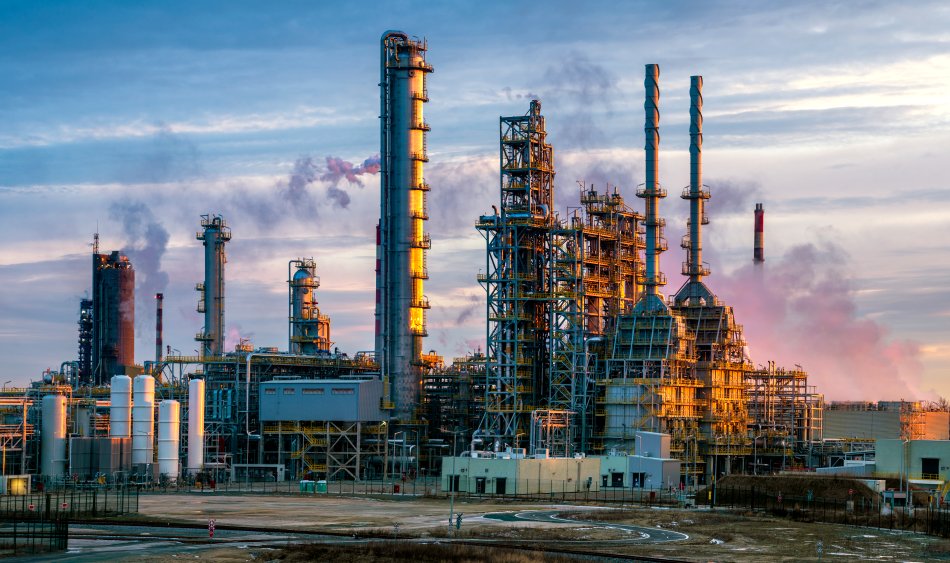What's next for European Polypropylene?

By Ian Chisnall
Sustainability & Polyolefins Product Manager
It was only three years ago that Europe was a net exporter of PP, producing around 13 million metric tonnes with local demand at around 11.5 million metric tonnes. However, the outlook is shifting. Local run rates have dropped and producers in Middle East and South Korea look for new outlets as China becomes increasingly self-sufficient.
Global PP production capacity is set to increase from 110 million MT to 120 million MT by 2026 and while China currently accounts for 40% of PP consumption, its capacity to produce PP is set to increase from 37% of global capacity to 42%. Clearly, the supply-demand dynamics are changing.
Despite periods of oversupply presenting nothing new for the industry, in previous downcycles, China helped grow out of the excess capacity. The situation is now different – China’s imports are reducing and any attempts to grow out of this excess capacity will take too long. Producers will no doubt have to make difficult decisions on plant closures.
The Challenges of Producing Polypropylene in Europe
The Russian invasion of Ukraine has highlighted Europe’s reliance on gas and energy imports. There have been many questions raised about the long-term viability of energy-intensive production locally. European PP plants are, on average, the oldest in the world at 28 years – this comes with typically increased maintenance costs and more frequent outages when compared with newer plants elsewhere in the world.
ExxonMobil and LyondellBasell have both recently announced closures of polypropylene units in Europe producing approx. 530,000 MT of PP. This will not be enough to rebalance the market, but further closures are expected in the coming years and this rebalancing will hopefully enable a more streamlined European industry to thrive. As we have recently seen, global supply chains are fragile and relying on imports for all our needs is not sustainable long-term.

Europe has some of the oldest plants in the world, with high maintainence costs and frequent outages.
Shifts in Behaviour
The European Industry will also face headwinds with feedstock availability changing. As Europe de-industrialises, more crackers will close and, as we move to electrification of vehicles and transport, there will be less propylene produced as a by-product of refining to make fuels.
In the packaging sector, the biggest use of PP Globally, we see brands and retailers turn their back on plastic in favour of paper and other solution deemed to be more “environmentally friendly”. For example, one supermarket brand recently announce that they have “removed over 2.3 billion pieces of plastic from our UK business”. Whether this does turn out to be the correct move for the environment in the long term (which could be a whole new article for another day!), the message that consumers would like to buy from brands with an eco-mindset is clear.
Ultimately, consumer bahaviour will be the driver of any supermarket brand strategy. This attitude does present a challenge to our industry as the “war on plastics” continues to rage on. Despite this, I do believe there could be an opportunity for a more dynamic, responsive and innovative industry as we face a changing future.
The Opportunities
Although European production will inevitably be smaller, I believe that Europe can be at the forefront of recycling technology and repurposing PP in new ways. More recycled content in more applications is inevitable with new directives in areas such as automotive demanding we adopt a more circular approach. There is already fantastic work on-going from European-based polymer producers in this field, so I would recommend getting in contact with us if you would like to understand more.
The status quo will not continue and there are undoubtedly some big hurdles to overcome. However, we as Europeans, with investment and creativity, can be the drivers of positive change, not just for our industry but for society as a whole. Recent global crises have shown that their are huge potential benefits to having polymer supply on our doorstep, from shorter supply chains to improved security of supply, so I certainly hope so.
Many factors affect the UK polymer market,
we can help you to stay in the loop.
Plastribution’s Price Know-How report is a free digital market report published monthly. If you’re a professional involved in the procurement of polymers, we believe it’s the best way to keep up-to-date on issues that affect polymer pricing and availability.


